The second quarter earnings reports in the supply chain confirmed the impact on the supply chain was even more significant than the OEM’s. This is due to factors like destocking at the OEM and higher tier levels and less access to favorable loan terms. Defense spend helps but is not enough.If customers can’t find it, it doesn’t exist. Clearly list and describe the services you offer. Also, be sure to showcase a premium service.
The impact on commercial OEM production sales in commercial in general was 40-50% lower when compared to the prior year, while aftermarket sales fell further. Honeywell saw its commercial original equipment revenue fall by 39% while its aftermarket was down by 54%. Transdigm sales of commercial OEM declined 43% and aftermarket decline 52%. Spirit saw its revenue fall by 68% in part also due to 737MAX headwinds. The Spirit number is particularly important as they provide by their estimate 70% of the structure on 737MAX which then flows down into the supply chain.
Speaking of the 737, Boeing cut Spirit back from the previously announced 125 shipsets to 72 in 2020, a reduction of 88% from 2019. In addition, Raytheon said its Collins unit does not anticipate shipping any 737 related inventory until the next half of 2021. This is obviously even less than the build rate and is a good example of the destocking being done by higher tiers. This is a consequence of the abrupt reduction in production coupled with, in retrospect, an ill-fated Boeing decision to continue producing at rate in 2019. Spirit has well over 100 shipsets of fuselages, pylons and nacelles for the 737 completed and stored (and on Boeing’s books). The plan is to slowly burn those down over the next 24 months and leave approximately 20-25 as a “permanent buffer” for production. The impact on the supply chain is that the 737 demand they receive in the way of purchase orders will be below Boeing’s production rate for years.
The response to this is as expected: reductions in force and capacity. Some examples follow: Spirit reduced its commercial workforce by 8,000 (44%) and close its recently acquired San Antonio plant. Rolls Royce announced plans to reduce its civil aviation and central functions of 8,000 (33%) and collapse manufacturing sites worldwide from 10 to 5. AAR has taken their capacity down by close to 20%. Solvay closed their plant in Manchester, UK and plans to close their Tulsa, OK plant.
What is the impact? Significant reduction in future supply chain capability and increased per unit labor costs. Reductions in force generally impact two age groups, there is a little attrition of the most experienced workers as they take incentives to voluntarily leave and quite a bit of attrition of the less experienced workers through forced reductions. Layoffs generally are inversely correlated with experience, explicitly so with union workforces as the reductions are seniority based. The loss of the most senior workers often leads to a loss of difficult to replace skills as aerospace is still an industry with a considerable amount of knowledge gained only through experience. The even larger loss of inexperienced workers leads to a rise in average wages as these are generally the lower paid workers, again, explicitly so with union workforces.
The increase in defense spending helps but is not enough. MOOG’s Aircraft Controls unit is among one of the better positioned companies as they historically had a 50-50 mix of defense and commercial business, typical of what you might see in the supply chain decades ago. MOOG’s Aircraft Controls military Sales increased $15.1M up 9% year over in year in the second quarter while its commercial sales fell $102.6M (down 59%). The defense increase simply is not enough to offset the magnitude of the commercial decline. MOOG is better off than many though as the defense/commercial spend in the OEM supply chain coming into the COVID-19 era was at best 20/80.
To prepare for years of lower revenue, companies are borrowing but at a cost. While Boeing famously took advantage of the United States Federal Reserve’s foray into the bond market by issuing $25B unsecured debt with maturities ranging from 2023 to 2060 at rates below 6% (4.875% for the 2025 tranche), companies such as Transdigm and Triumph Group issued secured debt at significantly higher interest rates, 8% for $1.1B with a 2025 maturity for Transdigm and 8.875% for $700M with a 2024 maturity for Triumph Group. This matters for two reasons. First, Boeing’s payment terms are net 90, with rumors of now asking net 120, while Airbus’s range from net 70-100. Yet, the raw material suppliers that Boeing and Airbus both set up for suppliers to use have net 30 payment terms. Although they may exempt the small companies they contract with from those onerous terms, they do not exempt Spirit, Triumph, Transdigm, et. al. from those terms and they will pass the terms down to their subtiers. Second, many subtiers have even less capability of borrowing at a reasonable rate than the examples of Transdigm and Triumph. If they can even get financing, it may be in the double digits. Boeing and Airbus are pushing financial risk onto the tiers least capable of managing the risk. Yes, Boeing, in particular, we know, is helping to provide support to some suppliers they deem as “critical” but that support generally comes in the form of advance payments that show up as liabilities on the receiving company’s books that take years to work down. Furthermore, the advance payments come with concessions attached to them.

Authoritative Actionable
Consulting in Aerospace
Sign up for our newsletter today!